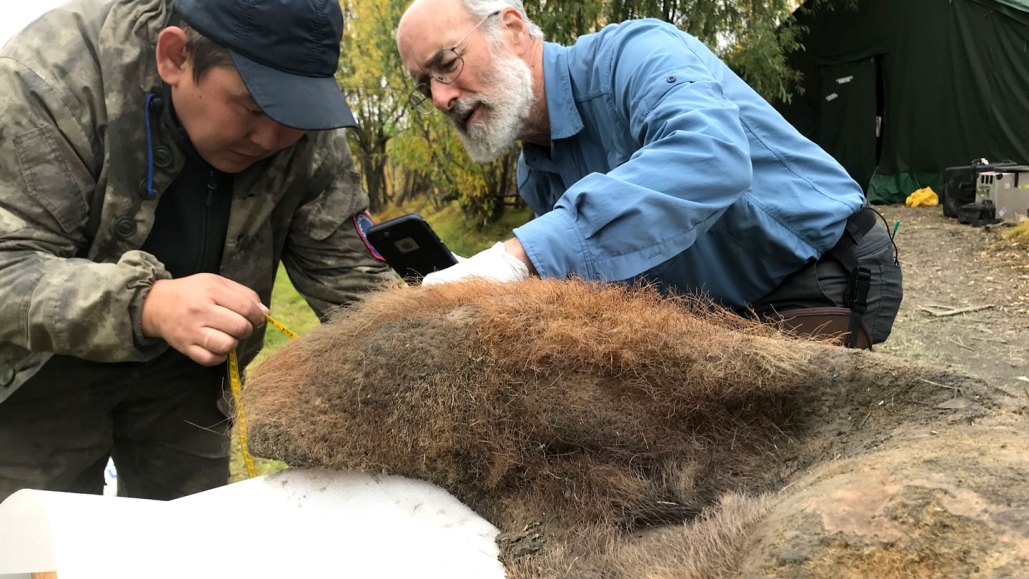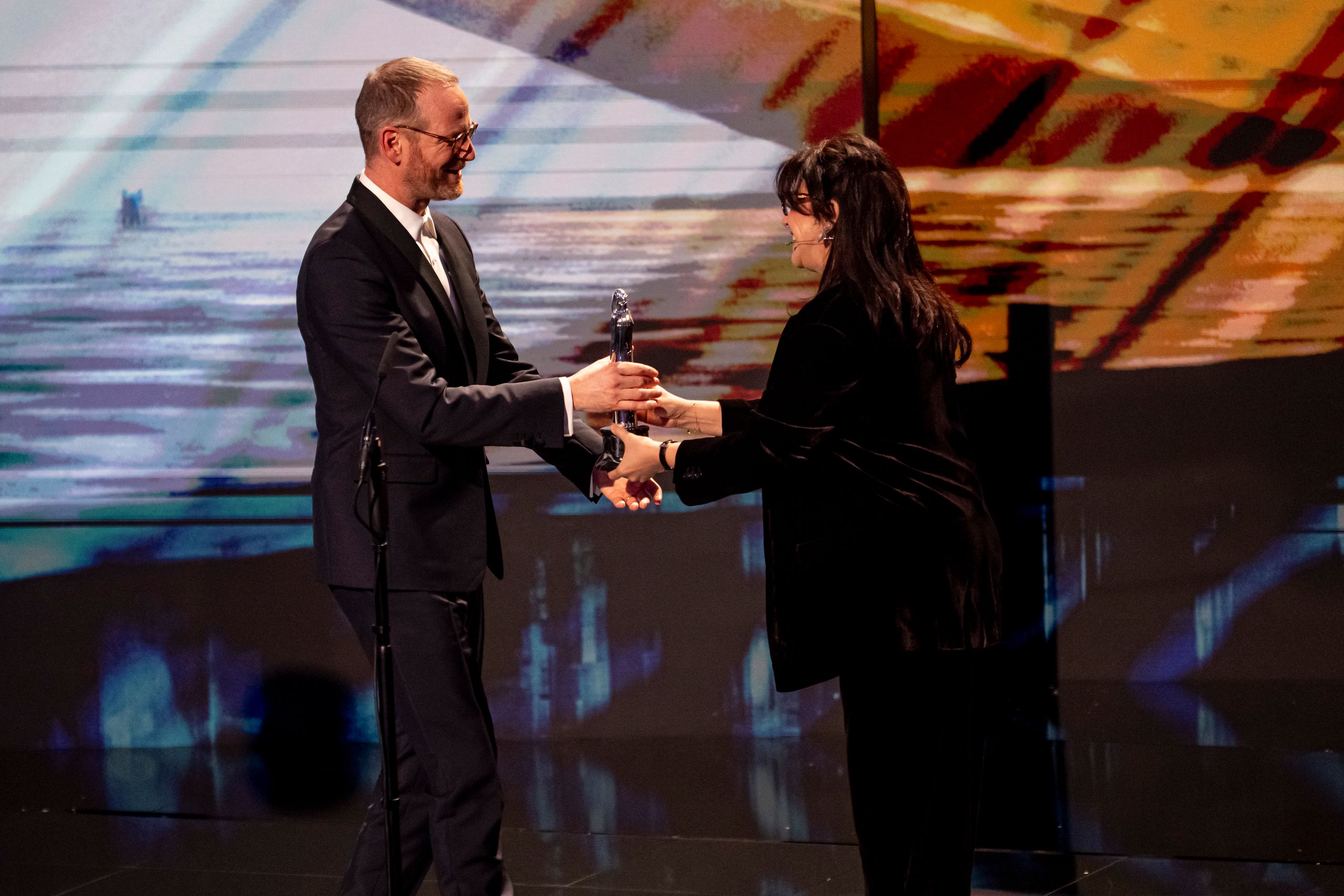"Freeze-Drying Transforms Woolly Mammoth DNA into 3D 'Chromoglass'"

Beef jerky and some woolly mammoths have at least one thing in common: Drying turns their DNA into super-tough glass.
This glassy DNA is so stable that it preserved the three-dimensional structure of chromosomes in one woolly mammoth for 52,000 years, researchers report July 11 in Cell. The find gave researchers an unprecedented look at the extinct animal’s genetic instruction book, or genome, even revealing genes that were turned on and off before the mammoth died, says genomicist and neuroscientist Cynthia Pérez Estrada. If other well-preserved samples can be found, glimpses at gene activity may help scientists understand how extinct organisms functioned, not just how they looked.
The detailed survey of the mammoth genome was made possible after an international team of scientists figured out how to adapt a technique dubbed Hi-C to examine ancient DNA (SN: 8/24/15).
“I’ve known about Hi-C for a while now. I just never could think of a way that you would apply it to ancient DNA,” says Christina Warinner, a biomolecular archaeologist at Harvard University who was not involved in the study.
That’s because DNA crumbles over time. It was hard to imagine that the tiny bits of ancient DNA could retain the shape of chromosomes, Warinner says. And Hi-C, which is used for looking at the 3-D structure of meters of DNA packed into a cell’s nucleus, usually requires fresh, intact samples (SN: 6/10/21).
Even Pérez Estrada’s colleagues, who work on 3-D DNA structure at Baylor College of Medicine in Houston, weren’t convinced such techniques could work on degraded samples. Pérez Estrada thought it could, so she tested Hi-C on turkey bones left over after Thanksgiving dinner, on tissue from a dried-out roadkill mouse she found on her way to work, and on a piece of leather from her bag.
“All of those experiments were fascinating, because it actually showed that the structure of the DNA is pretty resilient,” she says. “And despite the cooking, and despite the sun and the environment when talking about the mouse, the structure of the DNA was still there.”
But she didn’t know whether the structure could hold up for thousands of years. So she teamed up with Marcela Sandoval-Velasco, then at the University of Copenhagen. Sandoval-Velasco had been working on ancient DNA for years and was interested in probing 3-D structures. She brought “a bag full of wonders” — museum specimens of ants, bees, coelacanths, fish, reptiles, birds and animals — to Houston for testing, Perez Estrada says. And Pérez Estrada visited Copenhagen, where the researchers probed ancient polar bear skulls and a mummified wolf.
The experiments often failed. The Hi-C method used on fresh samples wouldn’t work for ancient samples, so a new version — which they called PaleoHi-C — had to be invented. That’s research, says Sandoval-Velasco, who is now at the National Autonomous University of Mexico in Cuernavaca. “It goes slow. It’s iterative. It’s full of failures, and it’s about not giving up.” Teamwork helps too, she says. More than 50 scientists with different areas of expertise came together for the study.
After years of partial success and failure, the team got access to skin from the head of a woolly mammoth that died in Siberia about 52,000 years ago. The mammoth was freeze-dried and preserved in permafrost.
Rapid drying had locked the ancient DNA into a tight molecular state similar to that of glass, called chromoglass. The geneticists and a team of theoretical physicists deduced that the chromoglass structure prevented the pieces of DNA from drifting away from each other.
In unconventional experiments with lab-made beef jerky, the team found that such glassy DNA can remain stable for at least a year at room temperature and stand up to varied insults including being microwaved, run over with a car, smashed with a fastball and blasted with a shotgun.
The mammoth’s glassy DNA locked its chromosomes into place. For the first time the researchers could count the number of chromosomes a mammoth has — 28 pairs, just like elephants, Erez Lieberman Aiden, a geneticist at Baylor College of Medicine, said during a news conference July 2. Mammoths also have the same basic chromosome structure as elephants.
Chromosomes stuffed into the nucleus resemble a skein of yarn after a cat has played with it. The snaggled appearance belies the carefully orchestrated structure within.
Genes that are turned on are moved to one subcellular compartment like dancers taking the dance floor, while genes that will be turned off are relegated to wallflower status in another compartment. Examining the compartments, the researchers found 425 genes that were active in mammoths but not in elephants and 395 genes turned on in elephants but not mammoths.




